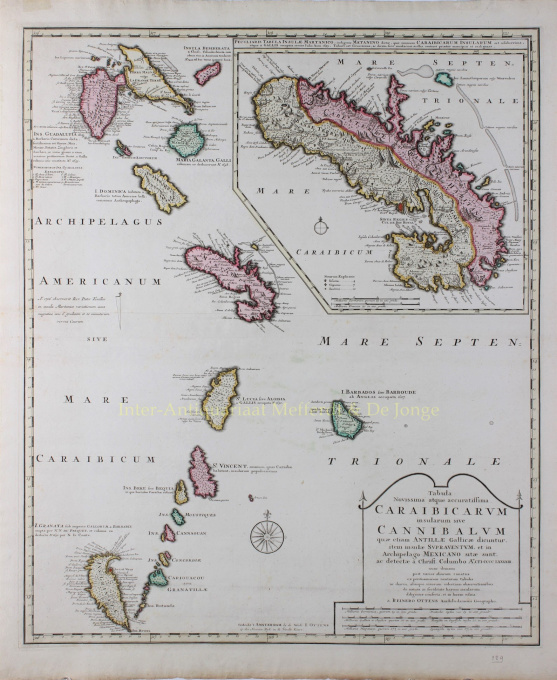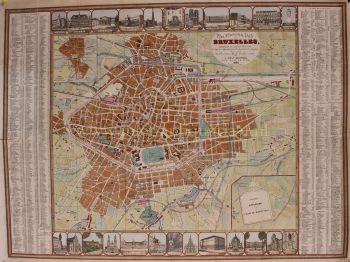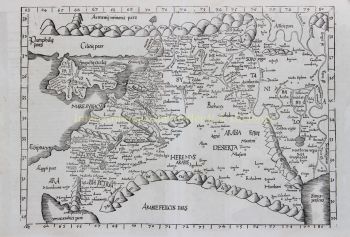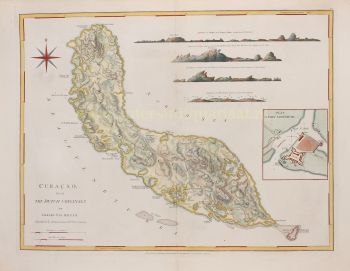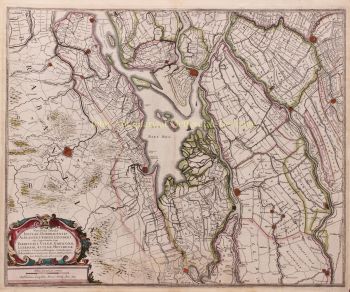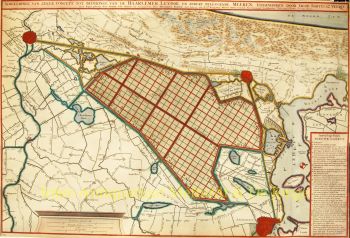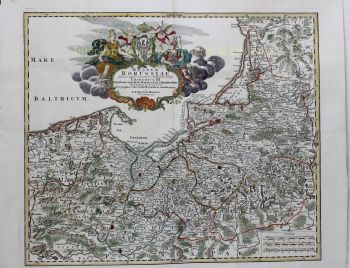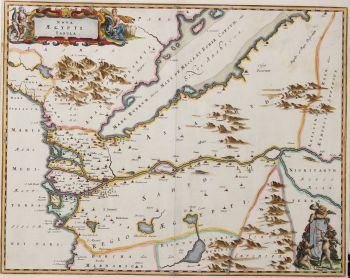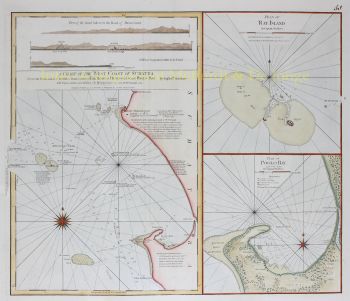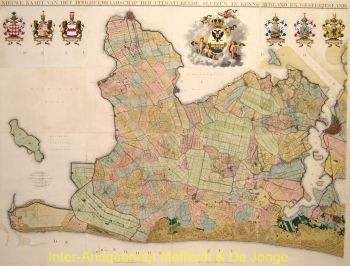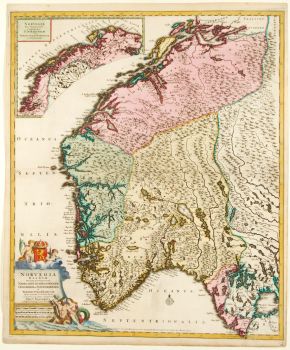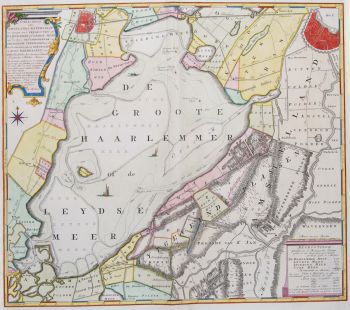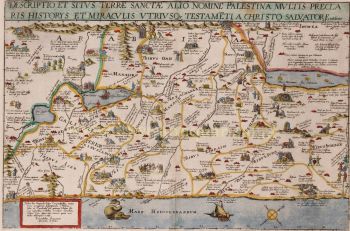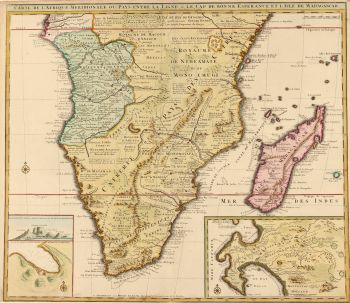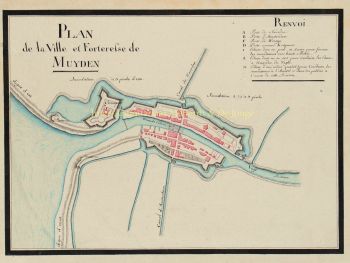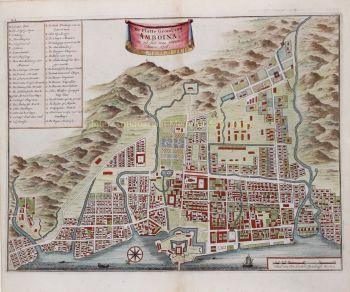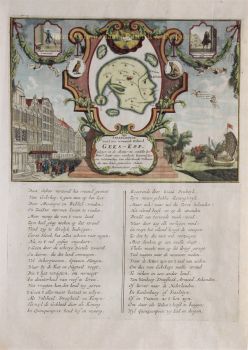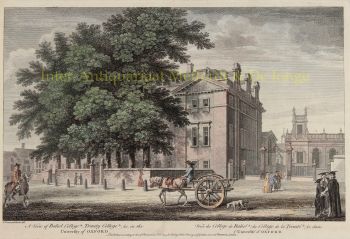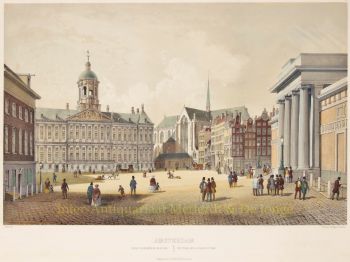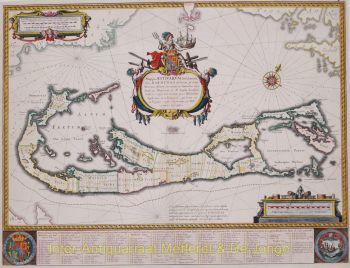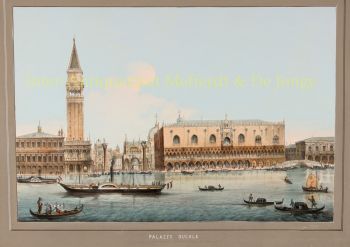Caribbean, Windward Islands 1719 - 1723
Joachim Ottens
€ 975
Inter-Antiquariaat Mefferdt & De Jonge
- About the artworkDETAILED MAP OF THE WINDWARD ISLANDS “Tabula novissima atque accuratissima Caraibicarum insularum sive Cannibalum : quae etiam Antillae Gallicae dicuntur, item insulae Supraventum, et in Archipelago Mexicano sitae sunt, ac detectae a Christ. Columbo Ao. MCCCCLXXXXIII” [Latest and most accurate map of the Caribbean or Cannibal Islands: also called the French Antilles, or Windward Islands, located in the Archipelago of Mexico, which were discovered by Christopher Columbus in the year 1493.] Copper engraving “after the observations of skilful sailors” made by Reinier Ottens and printed by the Window of Joachim Ottens in Amsterdam 1719-1723. With original hand colouring. Size: 58 x 48 cm. Detailed map of the Windward Islands from Guadeloupe south to Grenada, including the small islands of Mustique (Grenadines) and Ronde Island (Grenada), with a large inset map of Martinique. Grenada has been moved north and is shown west of Carriacou island, in order that it fits on the sheet. Apart from topographical information, there are some notes of historic interest. According to the map tens of thousands live on Martinique (“Matanino as the locals call it and occupied by the French since July 1635”) and its tobacco is of the best quality. La Désiderade island was discovered by Christopher Columbus in 1493 on his second journey to America. “The island of Guadeloupe, called Carukeira [The Island of Beautiful Waters] by the locals, is very fertile with rice, maize, potatoes, ginger and sugar of different qualities. It is crowded with all types of parrots.” The island of Barbados has been occupied by the English in 1627. “St. Vincent, where the Caribs live, is most populated.” Price: Euro 975,-
- About the artist
Joachim Ottens (1663 - 1719) and his sons Renier (1698 - 1750) and Joshua (? - 1765) were outstanding Dutch booksellers and map publishers.
The period from 1630 to 1700 was the "golden age" of Dutch cartography. The maps were perceived as works of art, manual work was highly valued, engraving was at the highest level, but from the point of view of the geographical accuracy, maps of Dutch masters were inferior to maps produced in Germany, France and other European countries.
Joachim, the founder of the Ottens firm, was born in Amsterdam and initially worked as a copper engraver. In 1711 he founded his own firm engaged in publishing and printing business, selling books, maps, postcards and illustrating them.
Although Joachim died a few years later, his sons, Renier and Joshua, successfully continued their father's business. The most significant contribution to the cartography of the Ottens family was the huge multivolume atlases they made to order, such as Atlas Major. Some Atlas issues are composed of more than 800 separately issued maps.
Are you interested in buying this artwork?
Artwork details
Related artworks
- 1 - 2 / 2
- 1 - 4 / 24
- 1 - 4 / 12

